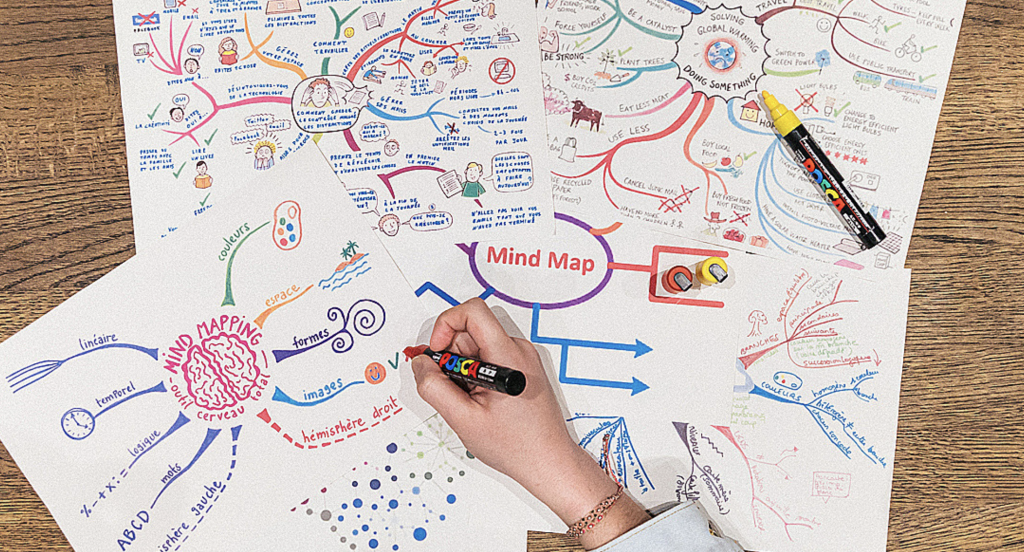Mind mapping is a method that allows you to organize information related to a topic or concept, facilitating its memorization and allowing the connection of related ideas. It is done in the form of a diagram, where the main idea is linked with secondary ideas, and even drawings, symbols or other graphic resources can be incorporated to accompany the information. By condensing the information and being able to group a large number of concepts, it favors productivity, making this tool very useful in different contexts.
Features of Mind Maps
The elaboration of mental maps is a creative process that depends on the particularities and tastes of its creator.
- It is born from the imagination about how ideas or concepts related to a specific topic could be captured.
- Despite this freedom in its execution, there are characteristics that they must have in common to be considered a mind map.
- First, the main idea must be represented or symbolized in a central image, then in hierarchical order according to importance, secondary ideas will emerge.
- These ideas or secondary themes are represented as bifurcations, being able to carry symbols or images that allow them to be defined quickly.
- Then these secondary ideas can lead to other bifurcations and so on until all the ideas that are sought to be captured are covered.
The principle of mind mapping
The starting point is to define the central theme or the main idea to be addressed, placing it in the center of the page, being able to be accompanied by an image with which it is easy to relate. The images are more evocative so they allow you to identify what information you want to convey quickly.
The organization
The next step is to organize the secondary ideas associated with the main topic by placing them in order of importance or relevance to the central topic. These ideas are joined in the form of branches or forks following the clock strings for a better organization of information. Each of these ideas corresponds to a subtopic that can be further developed with other subtopics. Now, each subtopic must in turn be identified with a keyword, it is not advisable to write long concepts.
Each subtopic would then be broken down, adding precise information, you can also add images, even arrows to link the information. You can place the number of branches that are considered necessary, but always taking care that it is punctual information.
The color
The diagram must contain colors, at least of three types, to be able to assimilate and decode what we are reading more easily by making mental associations. The use of images and colors activates the right hemisphere, favoring comprehension and retention. Remember to also take care of the size of the letter, it may be necessary to reduce it, always making sure that it remains legible. The last step is to review your mind map, it is possible that while you are doing it you will notice missing information because the creative process favors brainstorming. You can do everything much easier if you use a mind mapping software.
So you will most likely end up making several models until you reach the final mind map. Good luck!
Laila Azzahra is a professional writer and blogger that loves to write about technology, business, entertainment, science, and health.
